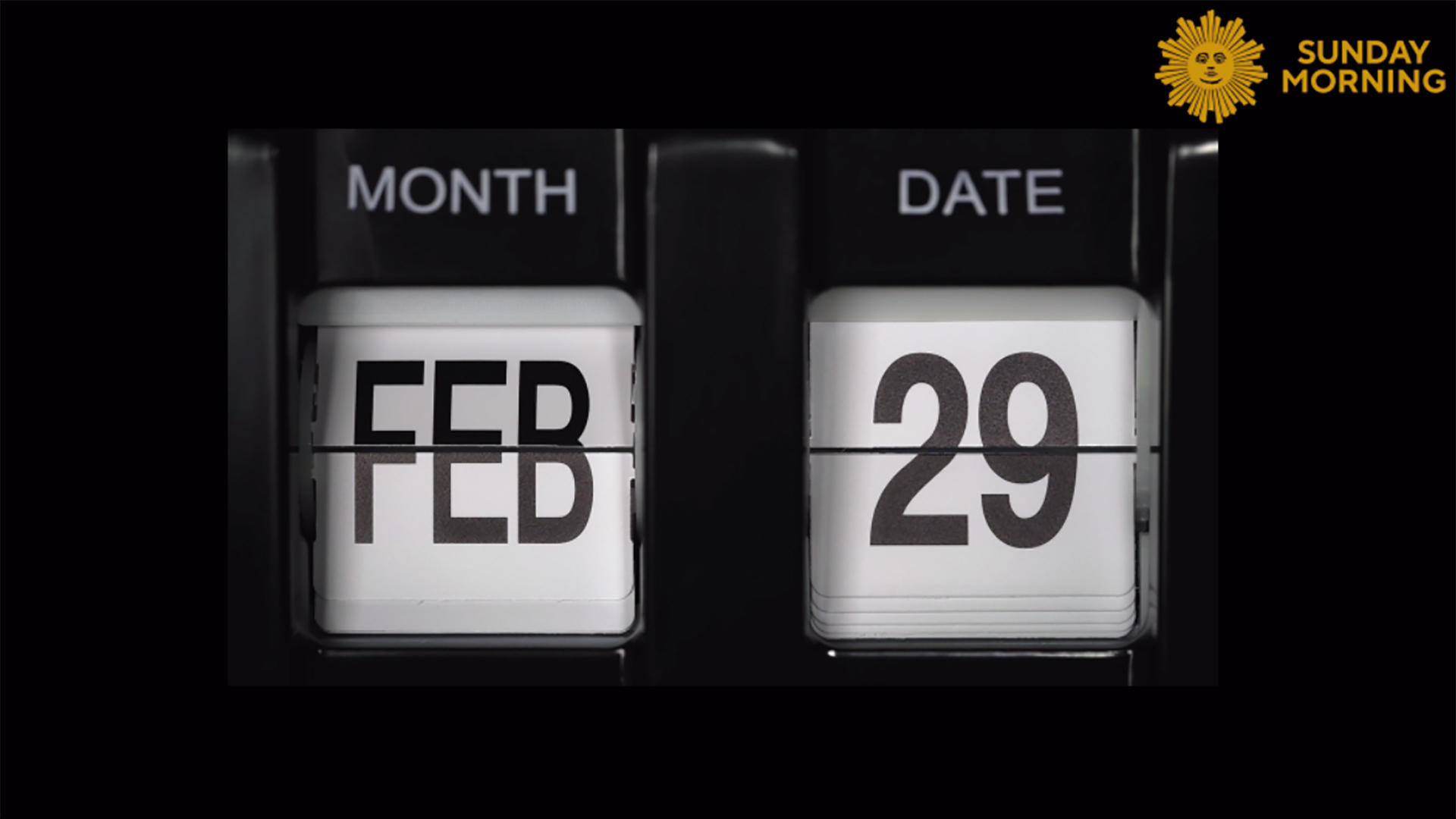▶ Watch Video: Leap Day Babies: A birthday every four years
This February is a little longer than usual. It’s a leap year, and today — Thursday, Feb. 29 — is Leap Day. The calendar oddity means this year is actually 366 days long, instead of the regular 365.
Here’s why leap years occur.
What is the purpose of a leap year?
Leap years exist because while the world follows a 365-day Gregorian calendar, it actually takes the planet a little bit more than a year to orbit the sun. It takes Earth 365 days, 5 hours, 48 minutes and 46 seconds to orbit the sun, according to NASA — and while that is rounded down to the 365 days we recognize as a typical year, those nearly six extra hours don’t disappear.
Instead, leap years are added to account for the difference. The extra day keeps calendars and seasons from gradually falling out of sync and impacting harvesting, planting and other cycles based on the seasons. Without Leap Days, in 100 years, calendars would be 24 days off, CBS Minnesota reported, and in 700 years, Northern Hemisphere summers would begin in December.
“For example, say that July is a warm, summer month where you live. If we never had leap years, all those missing hours would add up into days, weeks and even months,” NASA said online. “Eventually, in a few hundred years, July would actually take place in the cold winter months!”
Why is Leap Day in February?
It’s because of ancient Roman history that Leap Day falls in February.
“It’s mostly that the Romans didn’t really like February very much,” Ben Gold, a professor of astronomy and physics at Hamline University in Saint Paul, told CBS Minnesota two leap years ago, in 2016. At the time, in the 8th century BC, the calendar was just 10 months long, with the Romans considering winter to be all one period not divided into months. Eventually, the Romans established January and February. February, the final month, had the fewest days.
Julius Caesar then adjusted the calendar to line it up with the sun, Gold explained, adding Leap Day via decree. That still didn’t fully account for the difference in time, though. That wouldn’t be fixed for hundreds more years.
In 1582, Pope Gregory XIII adopted the Gregorian calendar, which we now use, and specified that all years that can be divided by four are leap years, with the exception of century years, which would have to be divisible by 400 to be considered leap years — so while 2000 was a leap year, 2100 and 2200 will not be.
In the 1700s, British law designated Feb. 29 as Leap Day.
When is the next leap year?
Leap years occur every four years unless it falls on a century year that cannot be divided by four. The next leap year will be in 2028. Leap Day that year will be observed on Tuesday, Feb. 29. After that, the next leap year is 2032, when Leap Day falls on Sunday, Feb. 29.
–Aliza Chasan contributed reporting.


































